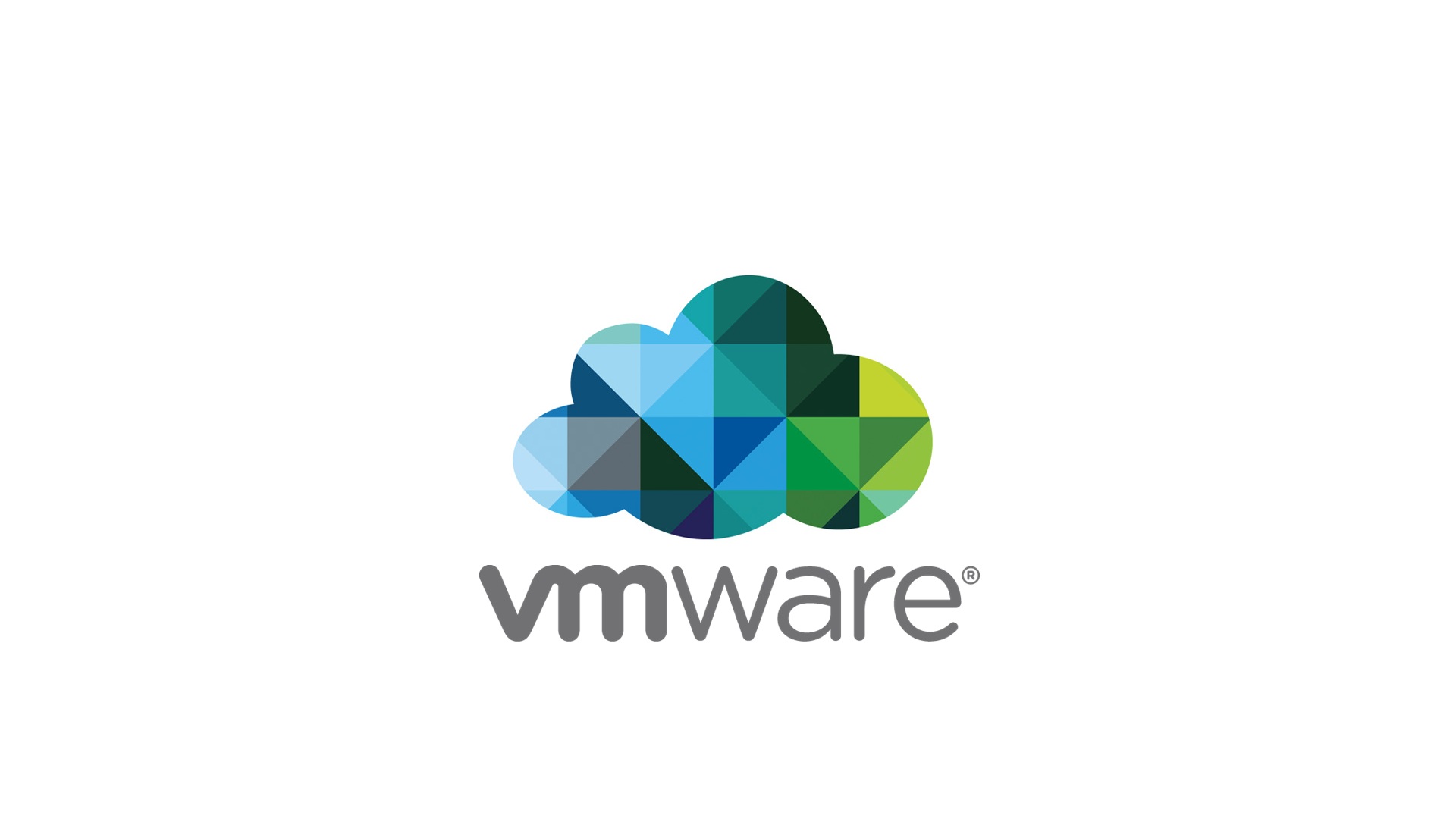Virtualization has revolutionized the way we deploy and manage servers, making it easier to run multiple operating systems on a single physical machine. VMware, one of the leading virtualization platforms, enables you to create virtual machines (VMs) effortlessly. In this comprehensive guide, we’ll walk you through the process of setting up a Windows Server 2019 Virtual Machine in VMware, empowering you to harness the full potential of virtualization for your business or personal needs.
System Requirements

Before diving into the installation process, it is essential to ensure that your host machine meets the necessary requirements for running VMware and a Windows Server 2019 VM. Make sure your system has:
- Sufficient RAM and CPU power to handle the VM’s workload along with other tasks.
- Enough free disk space to accommodate the VM’s storage requirements.
- A compatible processor with Intel VT-x or AMD-V virtualization technology enabled in the BIOS.
- VMware Workstation or VMware Player installed on your host machine.
Download Windows Server 2019 ISO
To begin, you’ll need to obtain the Windows Server 2019 ISO image from the official Microsoft website or through your MSDN subscription. Ensure you download the appropriate edition and architecture based on your requirements.
Create a New Virtual Machine
Launch VMware Workstation or VMware Player on your host machine. Follow these steps to create a new VM:
Step 1: Click on “File” in the top menu and select “New Virtual Machine.”
Step 2: The “New Virtual Machine Wizard” will open. Choose “Typical (recommended)” as the configuration type and click “Next.”
Step 3: Now, select “Installer disc image file (iso)” and browse to the location where you saved the Windows Server 2019 ISO. Click “Next.”
Step 4: Enter your Windows Server 2019 product key (if applicable) and click “Next.”
Step 5: Provide a name and location for your VM’s files. Choose a location with sufficient disk space, as VMs can consume a considerable amount of storage. Click “Next.”
Step 6: Allocate memory to your VM. For optimal performance, allocate at least 2GB of RAM, but adjust it based on your system’s resources. Click “Next.”
Step 7: Select “Use bridged networking” to connect your VM directly to your network. This option allows the VM to have its own IP address on the same network as the host machine. Click “Next.”
Step 8: Choose “LSI Logic” as the disk type and “Create a new virtual disk” to create a new virtual hard disk for your VM. Click “Next.”
Step 9: Specify the disk size for your VM. The default size is 60GB, but you can adjust it based on your requirements. Select “Store virtual disk as a single file” and click “Next.”
Step 10: Review the settings and click “Finish” to create the VM.
Customizing Windows Server 2019 VM
Now that you’ve created the VM, you need to make a few additional configurations before installing the Windows Server 2019 operating system.
Step 1: Select the newly created VM from the VMware library and click “Edit virtual machine settings.”
Step 2: In the “Hardware” tab, you can customize various settings such as adding more CPU cores, increasing RAM, attaching additional virtual hard disks, and enabling USB support if required.
Step 3: Under the “Options” tab, you can tweak settings related to VMware Tools, power management, and advanced options.
Step 4: Click “OK” to save the settings and close the window.
Installing Windows Server 2019
Now that the VM is configured, it’s time to install Windows Server 2019.
Step 1: Select the VM from the VMware library and click “Power on this virtual machine.”
Step 2: The VM will boot from the Windows Server 2019 ISO image. Follow the on-screen instructions to begin the installation process.
Step 3: Select your preferred language, time, currency, and keyboard input when prompted.
Step 4: Click “Install Now” to begin the installation.
Step 5: Enter your Windows Server 2019 product key (if not provided during VM creation) and accept the license terms.
Step 6: Choose “Custom: Install Windows only (advanced)” installation type.
Step 7: Select the virtual hard disk created earlier and click “Next.” Windows Server 2019 will now be installed on your VM.
Step 8: Follow the remaining setup steps to create an administrator password, set up network settings, and customize the installation as per your needs.
VMware Tools Installation
VMware Tools is a set of utilities and drivers that enhance VM performance and enable seamless interactions between the guest and host systems.
Step 1: In the VMware menu, click “VM” and then “Install VMware Tools.”
Step 2: An ISO image containing VMware Tools will be mounted to your VM. Open the ISO and run the setup.
Step 3: Follow the on-screen instructions to install VMware Tools. Once done, restart your VM.
Windows Server 2019 Configuration
With Windows Server 2019 installed and VMware Tools integrated, you’re ready to configure the VM for specific roles and features based on your needs.
Step 1: Log in to your Windows Server 2019 VM with the administrator credentials.
Step 2: Use the “Server Manager” to manage roles, features, and settings for your server.
Step 3: Follow Microsoft’s best practices and guidelines to configure your server for various tasks such as file sharing, Active Directory, DNS, DHCP, and more.
Conclusion
Setting up a Windows Server 2019 Virtual Machine in VMware is a powerful way to harness the benefits of virtualization for your IT infrastructure. It enables you to run multiple servers on a single physical machine, saving valuable resources and streamlining your operations.
By following the step-by-step guide outlined above, you can confidently create, customize, and configure your Windows Server 2019 VM in VMware. Remember to allocate sufficient resources, install VMware Tools, and follow best practices when configuring the server to ensure optimal performance and security.
Whether you’re a seasoned IT professional or an enthusiastic learner, mastering virtualization and deploying Windows Server 2019 in VMware opens up a world of possibilities for your organization’s IT infrastructure. Happy virtualizing!
